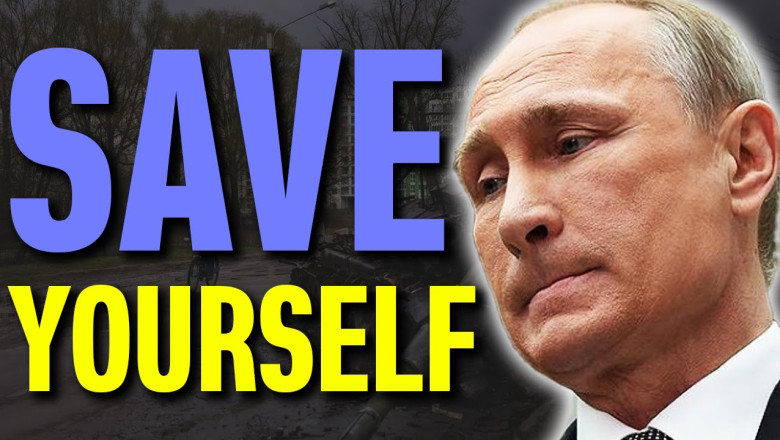
Keywords: right to the city wrong to the city citizen participation participatory governance co-created urban space urban policy public policy social advocacy Malaysia COVID-19Īgainst the widespread assumption that data are the oil of the 21st century, this article offers an alternative conceptual framework, interpretation, and pathway around data and smart city nex-us to subvert surveillance capitalism in light of emerging and further promising practical cases. This paper contributes to removing a blind spot-the possible wrong to the right to the city-and provides ideas to achieve authentic citizen participation.

Potential to infringe the centrality of power, which both citizens and the authority have to make clear second, the lack of a sign of contribution from citizens poses a severe challenge to build a co-created urban space for all. Two potential misconceptions through the action of right to the city were identified: first, the concept of right to the city has the Multiple cases in Malaysia were selected for analysis and as the discussion context representing the state-of-the-art aspect of right to the city in the context of an emerging country. With such a background surmounting the COVID-19 pandemic era, this study is aimed at understanding the right to the city propagation and revealing the possible wrongs of such civic advocacy. Nonetheless, constraints and limits are imposed on such advocacy, resulting in a tokenized implementation state.

In much of the discussion, the right to the city is advocated as a right that humans should claim-i.e., participating in urban space living. The right to the city concept is widely debated in academic discourse yet ambiguouslyĮxecuted in public discourse. Finally, by evaluating the most significant distinction between the components of urban space desirability and residential district, the perceptual component of urban space desirability was obtained. One of the main requirements to establish this relationship correctly is the change in the occupation of urban spaces. In other words, increasing the desirability of urban space will significantly increase satisfaction with the right to the city. The obtained statistics show an average relationship between the two topics. Finally, using the Spearman correlation test, it was found out that the desirability of urban spaces has a direct effect on the satisfaction of the right to the city.
#Right to the city retreat software#
Then, using R 3.3.0 software and the Kruskal-Wallis test the desirability of urban spaces by districts was determined the Kolmogorov-Smirnov test was used to assess the effect of each component on the desirability of urban space.

Sample selection was performed by combining proportional stratified and disproportional cluster sampling methods. After categorizing the components of urban space desirability and the right to the city, a quantitative research method with a questionnaire was used targeting, a sample size of 390 citizens of Qazvin. The present study was an applied developmental type in terms of purpose and a survey in terms of method. It can therefore be said that attention to this subject is important because it can deal with the inefficiencies of urban spaces. It is possible to measure the realization of the right to the city as a demand related to the right to use urban space relying on the concept of perceived space. These trajectories are illustrated by providing examples of different smart initiatives in the city of Barcelona. We examine the current debate on the smart city by looking at three contemporary perspectives on the “right to the city.” The chapter concludes by describing three trajectories that could lead to a more open, flexible, diverse, and participatory smart city, particularly in relation to issues of (a) participation, (b) communing, and (c) citizenship. While the Lefebvrian “right to the city” is a utopian project, it offers an opportunity to reflect upon what an emancipatory and fair smart city should be like. After analyzing several ethical issues relating to the smart city concept, Lefebvre’s notion of the “right to the city” from the 1960s is examined. This chapter explicates that the smart city is defined by a techno-utopian discourse, which presents smart technology as a value-neutral and rational tool in solving all kinds of urban problems.


 0 kommentar(er)
0 kommentar(er)
